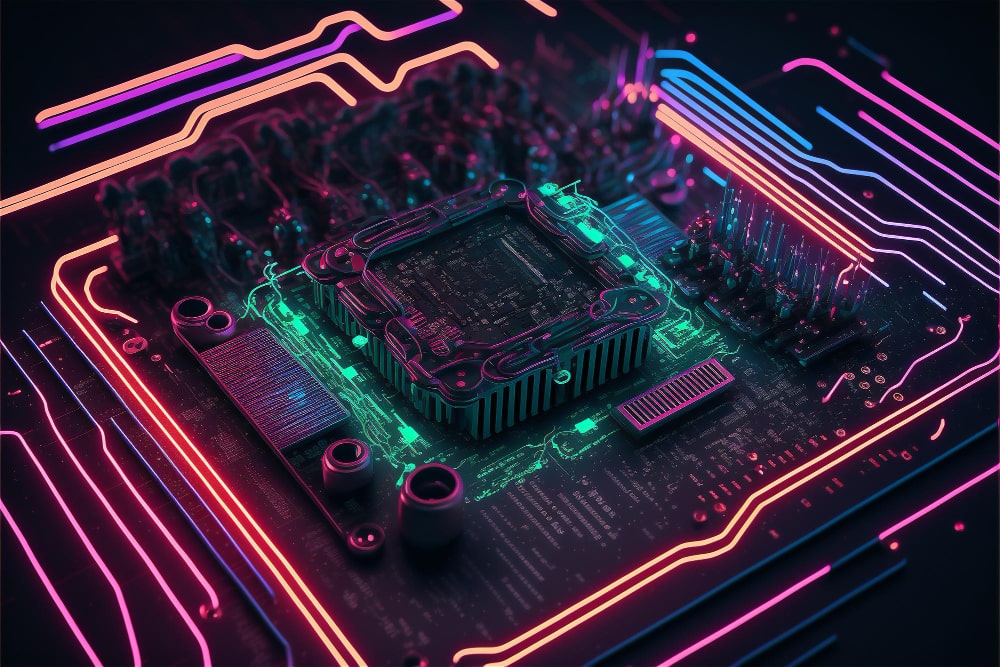The Internet of Things (IoT) has revolutionized the way we interact with the world around us. From smart home devices to industrial automation, IoT technology has paved the way for a connected and intelligent future. One of the key components that make IoT possible is the cloud, which serves as a central hub for collecting, storing, analyzing, and processing data from connected devices. In this article, we will delve into the world of cloud computing in IoT, demystifying its role and importance in shaping the future of technology.
What is the Cloud in IoT?
The cloud in IoT refers to the network of servers and data centers that store and process the vast amounts of data generated by connected devices. These devices, ranging from sensors and cameras to smart appliances and industrial equipment, collect data in real-time and transmit it to the cloud for analysis. The cloud infrastructure provides scalability, flexibility, and efficiency in handling large volumes of data, enabling organizations to derive valuable insights and make informed decisions.
Key Benefits of Cloud in IoT
There are several key benefits of integrating cloud computing in IoT applications:
1. Scalability: Cloud platforms offer virtually unlimited storage and computing resources, allowing organizations to scale their IoT deployments easily as their needs grow.
2. Cost-effectiveness: By outsourcing infrastructure and maintenance to cloud service providers, organizations can significantly reduce their capital expenditures and operational costs.
3. Data Analytics: Cloud platforms provide advanced analytics tools that enable organizations to extract valuable insights from IoT data, leading to improved decision-making and operational efficiency.
4. Security: Cloud providers invest heavily in security measures to protect data from unauthorized access and cyber threats, ensuring the confidentiality and integrity of IoT data.
5. Accessibility: With cloud-based solutions, users can access and manage IoT devices and data from anywhere, at any time, using a variety of devices such as smartphones, tablets, and laptops.
Common Cloud Models in IoT
There are three main cloud deployment models commonly used in IoT applications:
1. Public Cloud: Public cloud services are provided by third-party vendors and accessed over the internet. These services are shared among multiple users, making them cost-effective and easy to deploy.
2. Private Cloud: Private cloud services are dedicated to a single organization and are typically hosted on-premises or in a data center. This model offers greater control and security over data but requires more resources and maintenance.
3. Hybrid Cloud: Hybrid cloud combines features of both public and private clouds, allowing organizations to leverage the benefits of both models. This flexibility enables organizations to optimize their cloud infrastructure based on specific requirements.

Challenges of Cloud in IoT
While cloud computing offers numerous benefits for IoT applications, there are also several challenges that organizations need to address:
1. Data Privacy: IoT devices collect sensitive data that must be protected from unauthorized access and breaches. Organizations must implement robust security measures to safeguard data privacy in the cloud.
2. Latency: The transmission of data from IoT devices to the cloud can introduce latency, which may impact real-time applications that require immediate responses. Edge computing solutions can help mitigate latency by processing data closer to the source.
3. Connectivity: Reliable network connectivity is essential for transmitting data between IoT devices and the cloud. Organizations must ensure stable connections to prevent data loss and disruptions in communication.
4. Compliance: Organizations must adhere to regulatory requirements and industry standards when storing and processing IoT data in the cloud. Failure to comply with these regulations can result in legal consequences and reputational damage.
FAQs about Cloud in IoT
What types of data can be stored in the cloud for IoT applications?
The cloud can store various types of data, including sensor data, telemetry data, video footage, and log files generated by IoT devices.
How can organizations ensure the security of IoT data stored in the cloud?
Organizations can implement encryption, access controls, authentication mechanisms, and intrusion detection systems to protect IoT data in the cloud from cyber threats.
What are the benefits of using cloud-based analytics in IoT applications?
Cloud-based analytics enable organizations to gain valuable insights from IoT data, such as trends, patterns, anomalies, and predictive analytics, leading to improved decision-making and operational efficiency.
How can organizations address latency issues when transmitting data from IoT devices to the cloud?
Organizations can deploy edge computing solutions that process data at the edge of the network, closer to the IoT devices, reducing latency and improving real-time responsiveness.
What are the key factors to consider when selecting a cloud service provider for IoT deployments?
Organizations should evaluate factors such as security measures, data privacy policies, scalability, reliability, performance, and cost when choosing a cloud service provider for their IoT applications.
Conclusion
Cloud computing plays a crucial role in enabling the seamless integration of IoT devices and applications, empowering organizations to harness the power of data and drive innovation in various industries. By understanding the key concepts and challenges of cloud in IoT, organizations can make informed decisions and implement robust strategies to maximize the benefits of this transformative technology. With the right approach and best practices in place, the cloud will continue to revolutionize the way we interact with the world around us and shape the future of technology.
